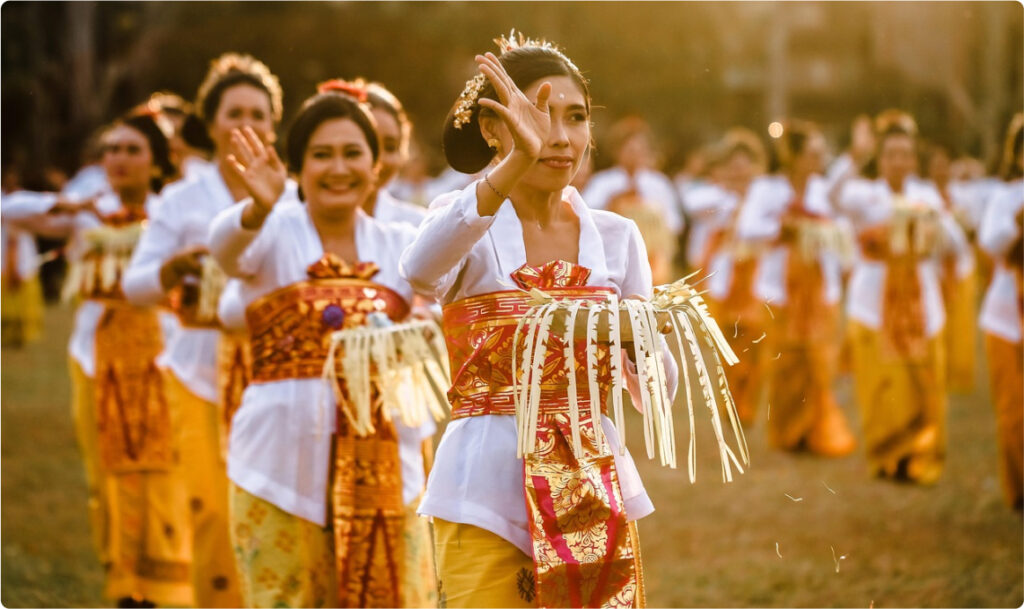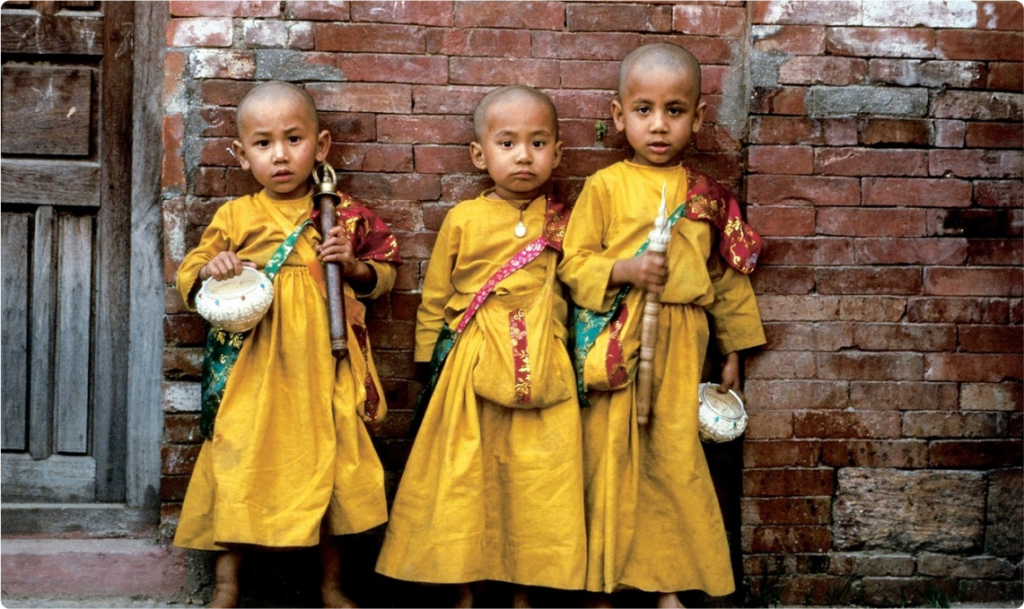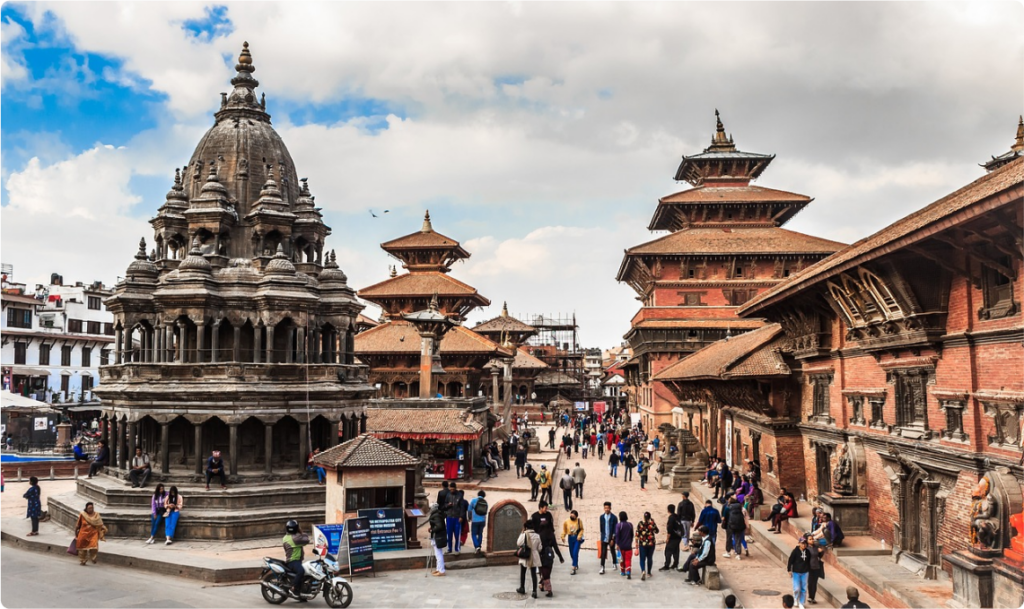Nepal, a land steeped in ancient traditions and spirituality, is home to one of the world’s most unique and fascinating cultural practices: the worship of the Living Goddess, or Kumari. This pre-pubescent girl, often selected from the Newar community, is believed to be the earthly incarnation of the Hindu goddess Taleju Bhawani.
The selection process for a Kumari is rigorous and based on specific astrological and physical criteria. She must be flawless, without any physical imperfections, and possess certain divine qualities. Once chosen, the young girl undergoes a series of purification rituals and is adorned with intricate jewelry and ornate clothing.
The Kumari is revered as a sacred being and is not allowed to touch the ground, bleed, or express strong emotions. She lives in a secluded palace, emerging only for special occasions and festivals. During these public appearances, she is carried in a golden palanquin, surrounded by a retinue of attendants. Devotees believe that seeking her blessings can bring good fortune, health, and prosperity.
The Kumari’s reign is temporary, as she loses her divine status upon reaching puberty. When this happens, she is replaced by another young girl. The former Kumari, now an ordinary mortal, faces the challenge of reintegrating into society after a life of seclusion and worship.
The practice of Kumari worship is a complex blend of Hindu and Buddhist beliefs. It raises questions about the balance between tradition and modernity, the exploitation of children, and the role of women in society. While some argue that the Kumari tradition is a harmful practice that perpetuates gender inequality, others defend it as a sacred and essential part of Nepal’s cultural heritage.
Regardless of one’s perspective, the Kumari remains a captivating figure, a symbol of both divine power and human fragility. Her existence offers a glimpse into the mystical and spiritual world of Nepal, a world where the lines between the sacred and the secular are often blurred.





